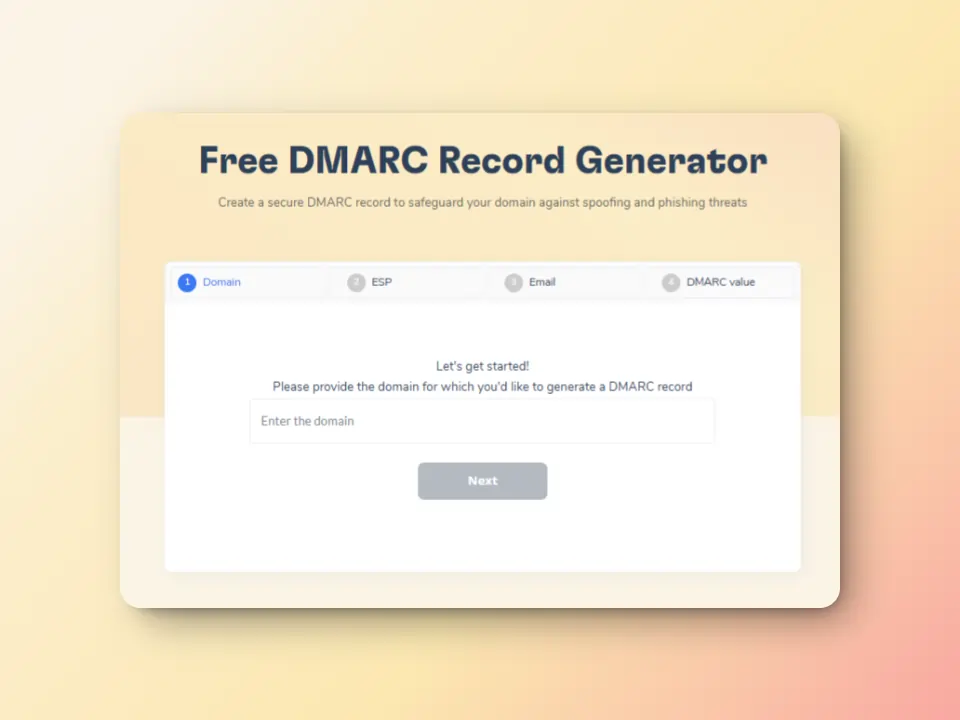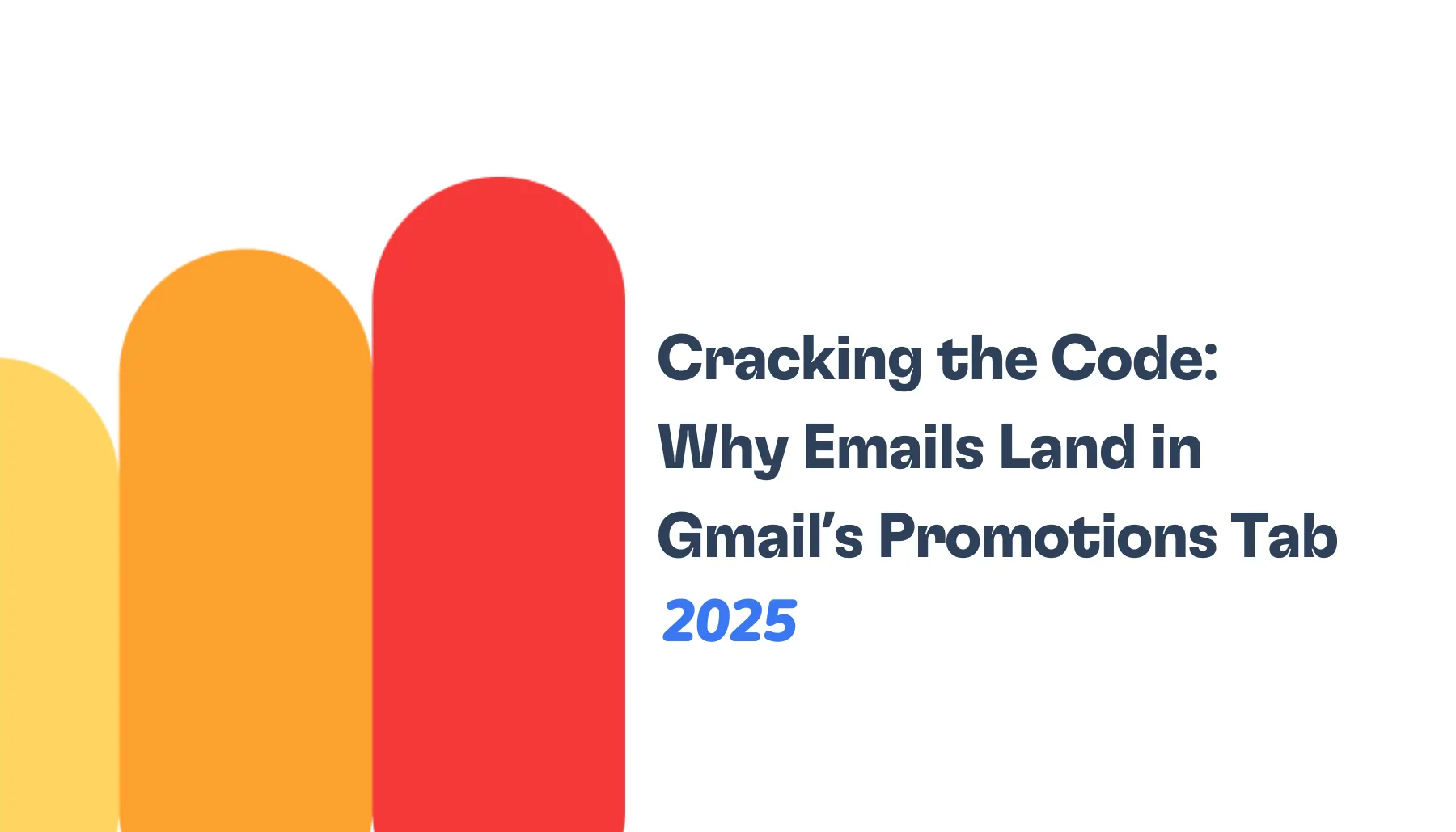With a $36 return on every $1 spent, email marketing is a valuable tool for businesses to interact with potential customers and increase sales. Meanwhile, companies in the US will be happy to learn that the US was the country with the most emails sent in April 2024—with an average of 9.7 billion emails sent each day.
However, this is easier said than done. The spam folder is where many businesses go to die. There are a lot of different things that contribute to this—content, engagement, reputation, for example—but one of the things that compliance can do is help build your foundation on the way to email marketing success.
The US has laws that tightly govern what and how businesses can market through email. It’s not an option to flout these rules, if you’re interested in keeping your brand’s reputation intact and your emails delivered to the inboxes of your audience.
This marketer’s compliance checklist includes the major legal requirements for email marketing. Using this checklist will ensure your email campaigns are respectful to your subscribers, legal, and more effective in your marketing.
The consequences of non-compliance
What happens if you fail to comply with US email marketing laws? There may be serious consequences, such as:
- Potential fines and legal action. There may be hefty fines and penalties per non-compliant email. Beyond financial consequences, legal action from recipients can also incur additional costs and business disruption.
- Brand reputation damage. Non-compliance essentially shows disrespect for rules of the law. This destroys trust and may lead to losing customers. Also, a poor brand reputation translates to poor sender reputation—making it even harder to improve deliverability.
- Poor email deliverability. if your email deliverability isn’t great to begin with, non-compliance will make it worse. Email Service Providers (ESPs) watch for complaints so if you are sending unauthorized email, the chances of you getting shut down or on banned are significantly higher.
🔖 Related Reading: The Warmy Research Team released a report detailing how various ESPs use third-party blacklists. You can access the full report here: Are Blacklists Killing Your Emails? A Deep Dive into How They Influence Email Providers
Understanding US email marketing laws
What is the CAN-SPAM Act?
The CAN-SPAM Act establishes requirements for commercial messages. It also extends to all companies sending marketing emails to recipients in the US. The primary intention of the law is to shield consumers from unsolicited or deceptive emails. Failure to follow these rules can be subject to fines of up to $53,088.
Who must comply?
All businesses or individuals that send promotional emails—or messages that offer a product or service—must adhere with the CAN-SPAM Act. Even bulk or private individual messaging of any promotional/marketing related content.
Key requirements
Here is a quick summary of the CAN-SPAM Act:
- Don’t use deceptive or fake header information
- Have clear subject lines that represent the content you bring up in the email.
- Be transparent and let recipients know the email is a commercial mail.
- The sender must include a valid physical or postal address.
- Recipients should be able to opt out of future emails easily.
- Honor opt-out requests promptly—within 10 business days.
- Monitor third parties who send emails on your behalf to ensure they comply.
- Other relevant regulations and guidelines
The CAN-SPAM Act is the primary federal law, but there are other factors that influence email marketing in the US.
Multiple states, including California, have their own privacy laws, like the California Consumer Privacy Act (CCPA). Among them are new data privacy and consumer rights requirements which could impact email practices—most notably, how businesses gather and utilize personal data.
The CAN-SPAM Act is enforced by the Federal Trade Commission (FTC) who oversees compliance with email marketing. Other organizations also may get involved, depending on the nature of the campaign or the grievances. So staying on the right side of FTC guidelines can help steer you clear of enforcement actions and fines.
Key compliance checklist of requirements for US email marketing
1. Do you have proper consent before sending emails?
Proper consent from your recipients is not optional. Consent can be explicit (opt-in) or implied based on a prior business relationship.
- Opt-in consent: The recipient has explicitly consented to being part of your email list and receiving your emails, typically after checking a box or signing up on a website.
- Implied consent: This is the best-case scenario, wherein there is an existing business relationship (e.g., a recent purchase), but this kind of consent is more limited and temporary.
Best practices for collecting consent:
- Use clear language to let subscribers know what they are signing up for.
- Avoid pre-checked boxes or confusing opt-in methods.
- Keep records of consent for future reference.
2. Do you have a clear and functional unsubscribe option?
It sounds a little counter intuitive. After all, why would you want your audience to unsubscribe? Here’s why: It shows clear respect for what your customers prefer—even if that means they’d prefer to never hear from you again.
Some reminders:
- Include a mandatory unsubscribe link: It must be clearly visible and functional in every marketing email.
- The unsubscribe process should not require extra steps like logging in or filling out lengthy forms.
- Process unsubscribe requests within 10 business days, and you cannot charge a fee or require additional information.
Can the sender be identified and is contact information accurate?
- Use valid and accurate “From,” “To,” and “Reply-To” email addresses. Avoid using misleading or forged addresses.
- Include a physical postal mailing address where your business can be contacted. This can be a street address, a PO box, or a private mailbox registered with a commercial mail receiving agency.
Are your subject lines deceptive?
Your email’s subject line and header information must truthfully reflect the content of the message.
- Subject lines should be relevant and not designed to mislead or trick recipients into opening.
- Do not use false or misleading header information, such as fake sender names or domains.
🔖 Relevant Reading: 14 Tips For Writing An Excellent Email Subject Line + Examples
How are you monitoring third-party email senders and partners?
Even if you are contracting a third party (i.e. a email-marketing agency, etc.) to send emails on your behalf, you are responsible for the proper settings.
- Make sure your partners and marketing team follow all regulations and best practices.
- Regularly audit and review their campaigns and practices to maintain accountability.
Data privacy and security considerations
Privacy laws and data protection reports are crucial—a definite must to be included in any email compliance checklist. They are something every ethical and legal email marketer must follow and that means you have to protect your subscribers’ personal information. This is how you can responsibly deal with data:
- Ensure that all information you collect on subscribers, including names, email addresses and other information, is kept safe.
- Use encryption, secure servers, and access controls to prevent unauthorized access or data breaches.
- Be open about how you gather, use and safeguard subscriber data inside your privacy policy.
Best practices to maintain compliance and maximize engagement
Maintain list hygiene and remove unengaged contacts
Keeping your list clean will benefit deliverability and help you steer clear of compliance issues. By cleaning non-responsive contacts, you reduce the likelihood of spam complaints and protect your sender reputation.
Q: What are spam complaints?
A: Spam complaints mean that your message has been reported as spam, usually via email provider’s “Report Spam” or “Junk” button. Such complaints can harm a sender’s reputation and deliverability.
🔖 Related Reading: Spam Complaint Rate: What It Is and How to Reduce It
Essentially, when you maintain a clean list, you have reduced bounced rates and reduced spam reports. This results in higher inbox placements and improved future deliverability.
Keep records and proper documentation
Maintaining detailed records is crucial for demonstrating compliance if ever you are questioned by regulators. Additionally, keeping audit trails matter because this provides proof that you obtained consent properly.
What to document:
- Consent records and sign-up timestamps
- Copies of email content and unsubscribe mechanisms
- Logs of unsubscribe and complaint handling
- Privacy policy versions and updates
How Warmy helps you with email marketing compliance for US market
Powered by an AI-based warm-up, Warmy’s approach gradually ramps up your sending volume, enhancing your sender reputation without spikes that might lead to spam filtering. By gradually and automatically warming up your email domain, Warmy guarantees your email campaigns are reaching the inbox through best-practice compliance.
Free SPF Record Generator and DMARC Record Generator
Proper authentication, aside from adhering to laws, helps improve your sender reputation and protects you from phishing attacks. Warmy helps ensure your domain’s authentication is properly configured by providing a free SPF Record Generator and DMARC Record Generator.

These are both essential for proving your identity to email service providers (ESPs) and preventing your emails from being flagged as spam.
🔖 Related Reading: Mastering Email Deliverability: The Modern Guide to Authentication and Inbox Warm-Up
Advanced seed lists with genuine engagement
Warmy uses real, active email accounts for its seed lists, ensuring high-quality engagement during the email warm-up process. These seed lists are designed to simulate real interactions, which helps you maintain a strong sender reputation with ISPs. Engaging with genuine accounts reduces the risk of being flagged as spam, making your campaigns more compliant and deliverable.

AI-powered email warm-up for improving sender reputation
Warmy’s AI-powered warm-up process gradually increases your sending volume, improving your sender reputation without sudden spikes that can trigger spam filters. By warming up your email domain carefully and automatically, Warmy ensures that your email campaigns are delivered to the inbox while staying compliant with best practices.
The Warmup Preferences feature is also worth mentioning as it enables senders to tailor the distribution across various providers—making for an even more targeted warmup process.

Free deliverability test with valuable insights
Warmy has a free deliverability test that shows where your emails are landing. This test allows you to discover any potential problems—like being blacklisted or misconfigured settings—before you send your email campaigns. After all, by attempting to stave off email deliverability issues, you will without a doubt increase the number of your emails that not only reach your desired recipients but are eventually opened, read ,and clicked on by your targeted audience.

Stay compliant, protect your brand, and boost engagement
Navigating the US email marketing landscape requires careful attention to legal requirements and best practices. By understanding and following the CAN-SPAM Act and other laws, you protect your business from fines and reputational damage.
Leveraging tools like Warmy.io helps you streamline the compliance process, ensuring your emails reach the inbox while adhering to legal standards.
Ready to ensure your email marketing campaigns are fully compliant with US regulations? Use the compliance checklist above and start sending emails that protect your brand and improve your marketing results. Try Warmy for free today—and experience the difference.











